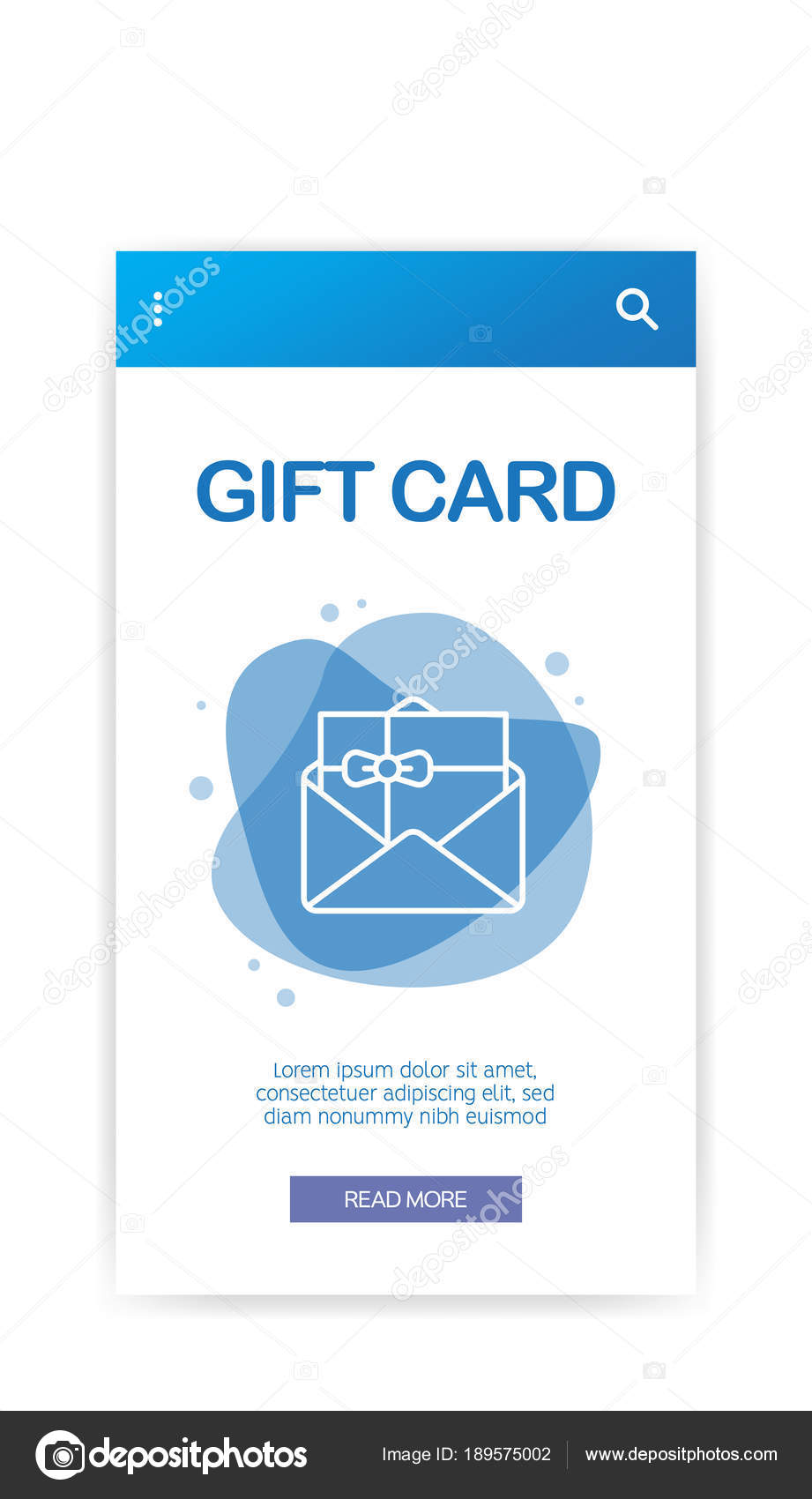Established between East and Egypt on hardstone, copper wheel inscribing survived as a craft in seventeenth century Bohemia and Dresden on glass. It was used for a variety of functions, including portraying the imperial double-headed eagle (Reichsadlerhumpen) and allegorical styles.
Engravers of this period gradually abandoned linear quality in favour of crosshatched chiaroscuro results. A couple of engravers, such as Schongauer and Mantegna, managed glass with a sculptural feeling.
Ancient Art
By the end of the 17th century, however, diamond-point inscription was being replaced by wheel engraving. 2 noteworthy engravers of this duration are worth reference: Schongauer, that increased the art of glass inscription to match that of paint with works like Saint Anthony Tortured by Demons, and Mantegna, who shaded his illustrations with short doodled lines of varying width (fig. 4) to attain chiaroscuro effects.
Various other Nuremberg engravers of this time consisted of Paul Eder, who mastered fragile and tiny landscapes, and Heinrich Schwanhardt, that engraved inscriptions of great calligraphic quality. He and his child Heinrich additionally developed the method of engraving glass with hydrofluoric acid to produce an impact that appeared like glass covered in ice. The etched surface area can then be reduced and inscribed with a copper-wheel. This method is utilized on the rock-crystal ewer revealed here, which integrates deep cutting, copper-wheel inscription and sprucing up. Identifying the etching on such items can be difficult.
Venetian Glass
When Venice was a European power, Venetian glassmakers took the lead in numerous high value-added sectors. Unlike textiles and fashion, glassmaking maintained a heritage of sophisticated methods. It additionally carried seeds of the decorative grandeur embodied in Islamic art.
However, Venetian glassmakers were not eager to share these ideas with the rest of Europe. They maintained their artisans cloistered on the island of Murano so they would certainly not be affected by brand-new fads.
Despite the fact that need for their item ups and downs as tastes altered and rival glassmakers emerged, they never lost their appeal to wealthy patrons of the arts. It is therefore not a surprise that inscribed Venetian glass shows up in many study in still life paintings as a sign of high-end. Typically, a master gem cutter (diatretarius) would cut and decorate a vessel originally cast or blown by an additional glassworker (vitrearius). This was a pricey venture that needed fantastic skill, patience, and time to generate such thorough job.
Bohemian Glass
In the 16th century, Bohemian glassmakers adapted the Venetian recipe to their very own, developing a much thicker, more clear glass. This made it simpler for gem-cutter to carve similarly they sculpted rock crystal. Furthermore, they established a method of cutting that permitted them to make extremely comprehensive patterns in their glasses.
This was followed by the manufacturing of tinted glass-- blue with cobalt, red with copper and light eco-friendly with iron. This glass was popular north of the Alps. On top of that, the slim barrel-shaped goblets (Krautstrunk) were also preferred.
Ludwig Moser opened up a glass design workshop in 1857 and achieved success at the Vienna International Exhibit of 1873. He established an entirely integrated factory, supplying glass blowing, brightening and engraving. Till completion of World War II, his company dominated the market of personalized Bohemian crystal.
Modern Craft
Engraving is one of the earliest hand-icraft methods of attractive improvement for glass. It demands a high degree of precision along with a creative imagination to be reliable. Engravers need to also have a feeling of composition in order to tastefully incorporate shiny and matte surfaces of the cut glass.
The art of inscription is still alive and growing. Modern methods like laser inscription can accomplish a greater level of information with a higher rate and precision. glass gift for teacher appreciation Laser modern technology is likewise able to generate styles that are much less vulnerable to chipping or splitting.
Engraving can be utilized for both industrial and ornamental purposes. It's prominent for logo designs and trademarks, along with ornamental decorations for glasses. It's additionally a prominent means to add individual messages or a winner's name to prizes. It's important to keep in mind that this is a dangerous job, so you need to always make use of the suitable safety and security equipment like safety glasses and a respirator mask.
